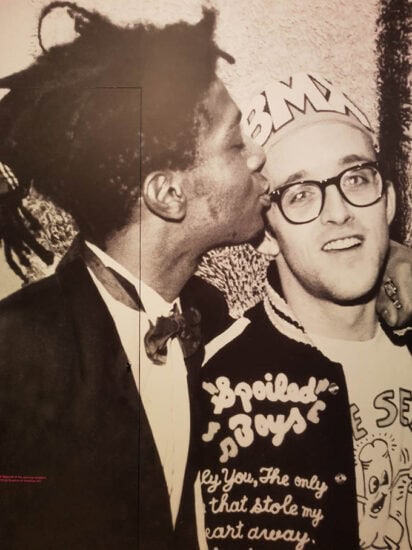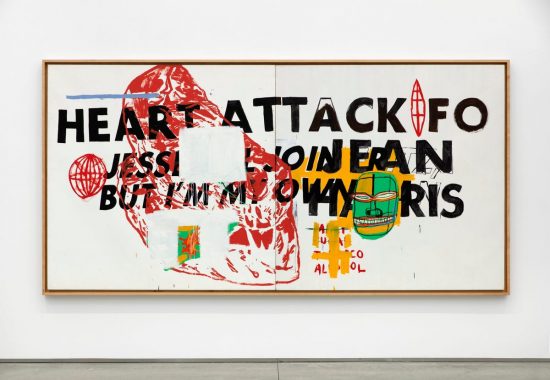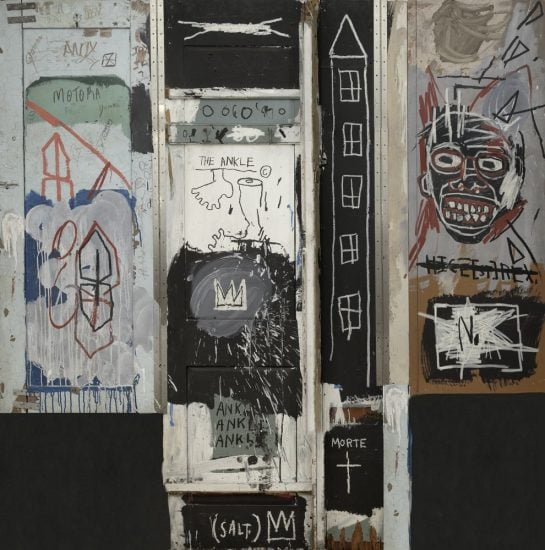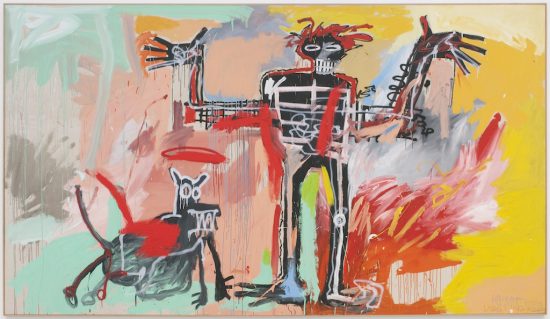Jean-Michel Basquiat, a prodigious artist of the late 20th century, left an indelible mark on the art world with his unique style, powerful imagery, and profound social commentary. In this article, we will explore the life and artistic biography of Jean-Michel Basquiat, tracing his journey from the streets of New York City to international recognition and his enduring legacy.
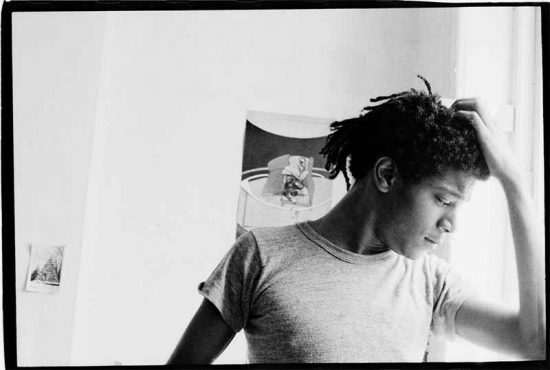
Early Life and Background:
Born on December 22, 1960, in Brooklyn, New York, Basquiat was the second of three children of Matilde Andrades, a Puerto Rican mother, and Gérard Basquiat, a Haitian father. From an early age, Basquiat displayed a keen interest in art, encouraged by his mother who recognized his talent and provided him with art supplies and books on anatomy, history, and art.
Artistic Development and Early Influences:
Basquiat's artistic development was deeply influenced by his surroundings. Growing up in Brooklyn, he was exposed to the vibrant street art and graffiti culture that thrived in the city during the 1970s. He and his friend Al Diaz formed the graffiti duo "SAMO" (short for "same old shit"), which gained attention for their cryptic and thought-provoking messages spray-painted across the city.
Basquiat's unique blend of street art, graffiti, and a raw, expressive style soon caught the attention of the art world. His early influences included artists such as Pablo Picasso, Cy Twombly, and Jean Dubuffet, as well as jazz and bebop musicians like Charlie Parker and Dizzy Gillespie, whose improvisational spirit resonated with Basquiat's artistic approach.
Rise to Prominence:
In the early 1980s, Basquiat transitioned from the streets to the gallery scene, exhibiting his work in solo and group shows in New York City. His artwork incorporated a fusion of symbols, words, and figures, often exploring themes of race, identity, social inequality, and African diaspora. Basquiat's distinctive visual language, characterized by bold brushstrokes, vibrant colors, and the incorporation of text, captivated viewers and art critics alike.
Collaborations and Artistic Partnerships:
Basquiat's artistry extended beyond his solo work. He collaborated with numerous artists, musicians, and filmmakers, most notably with Andy Warhol. Their collaboration resulted in a series of paintings that blended Basquiat's energetic style with Warhol's pop sensibility, exploring the intersection of high and low culture. The artistic partnership between the two icons solidified Basquiat's position in the art world and introduced his work to a wider audience.
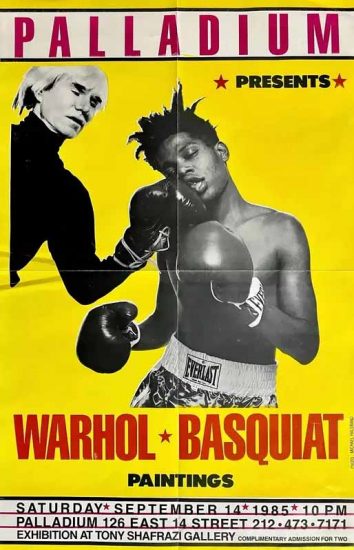
Critical Acclaim and International Recognition:
By the mid-1980s, Basquiat's meteoric rise to prominence was marked by critical acclaim and international recognition. His work was exhibited in major galleries and museums worldwide, including the Whitney Museum of American Art and the Museum of Contemporary Art in Los Angeles. Basquiat became one of the youngest and most sought-after artists of his generation, capturing the zeitgeist of the 1980s with his raw, expressive, and socially conscious art.
Tragic End and Lasting Legacy:
Despite his immense success, Basquiat battled personal demons and struggled with addiction throughout his life. Tragically, he passed away on August 12, 1988, at the age of 27, leaving behind a remarkable body of work that continues to resonate with audiences to this day.
Basquiat's artistic legacy is multifaceted and enduring. His work challenged conventional artistic boundaries, merging disparate styles and mediums to create a visual language uniquely his own. Basquiat's exploration of racial identity.
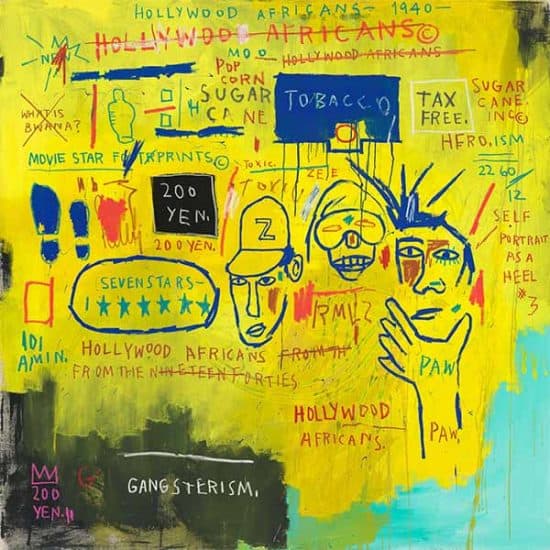
Basquiat Paintings:
Jean-Michel Basquiat's original paintings are highly coveted in the art market, commanding staggering prices and captivating collectors and art enthusiasts alike. Known for his bold, expressive style and profound social commentary, Basquiat's paintings have become iconic symbols of the 20th-century art movement. In this article, we will explore the value of Basquiat paintings and highlight some of his most important and influential works.
Basquiat paintings hold immense value in the art market, reflecting both the artistic brilliance of the artist and the rarity of his original works. The demand for Basquiat's paintings has steadily grown over the years, with collectors and institutions seeking to acquire pieces that exemplify his unique artistic vision. The scarcity of his paintings due to his untimely death at a young age contributes to their high market value. Auction records show that his paintings have achieved remarkable prices, with several works selling for tens of millions of dollars.
Iconic Works:
"Untitled" (1982): This painting, featuring a skull-like head surrounded by vibrant colors and frenetic brushstrokes, is one of Basquiat's most iconic and celebrated works. It showcases his ability to merge abstraction and figurative elements while exploring themes of mortality and the human condition.
"Hollywood Africans" (1983): In this painting, Basquiat confronts the representation of African Americans in popular culture, using bold and expressive brushwork. It showcases his ability to merge cultural references and challenge societal norms.
"Notary" (1983): This painting features Basquiat's characteristic use of text and symbols, combining references to art history, African culture, and personal iconography. It embodies his unique fusion of high and low culture and explores themes of identity and authority.
"Fallen Angel" (1981): This striking painting portrays a winged figure surrounded by words and symbols, reflecting Basquiat's fascination with spirituality and mythology. It exemplifies his ability to convey complex emotions through dynamic compositions and bold color choices.
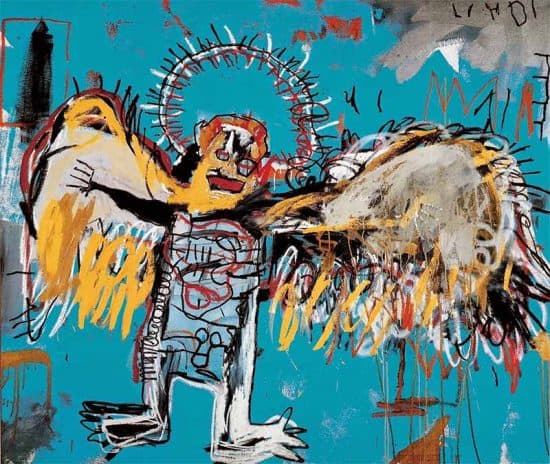
Basquiat Prints:
Jean-Michel Basquiat, an iconic artist of the 20th century, created a vast body of work that continues to captivate art enthusiasts and collectors worldwide. While original Basquiat paintings command astronomical prices in the art market, prints of his artwork offer a more accessible and affordable way to own a piece of his artistic legacy.

